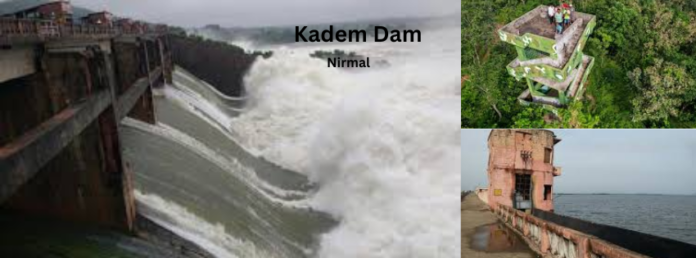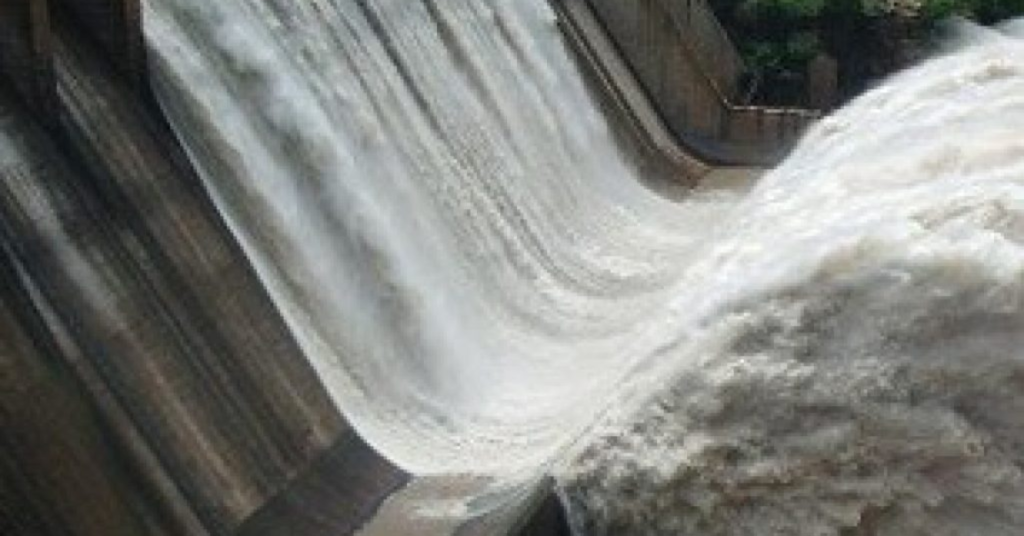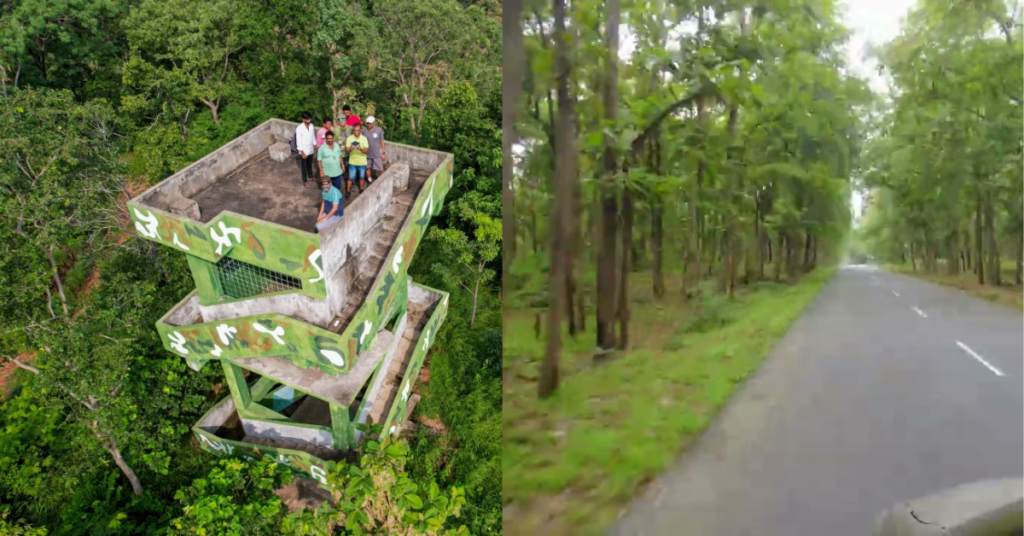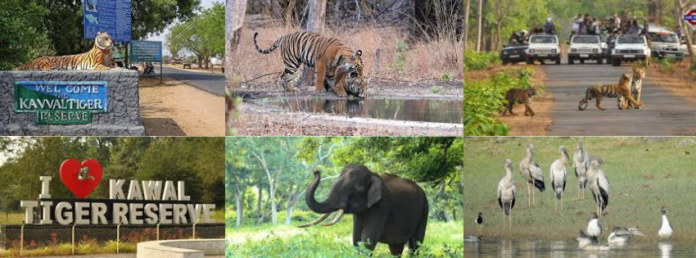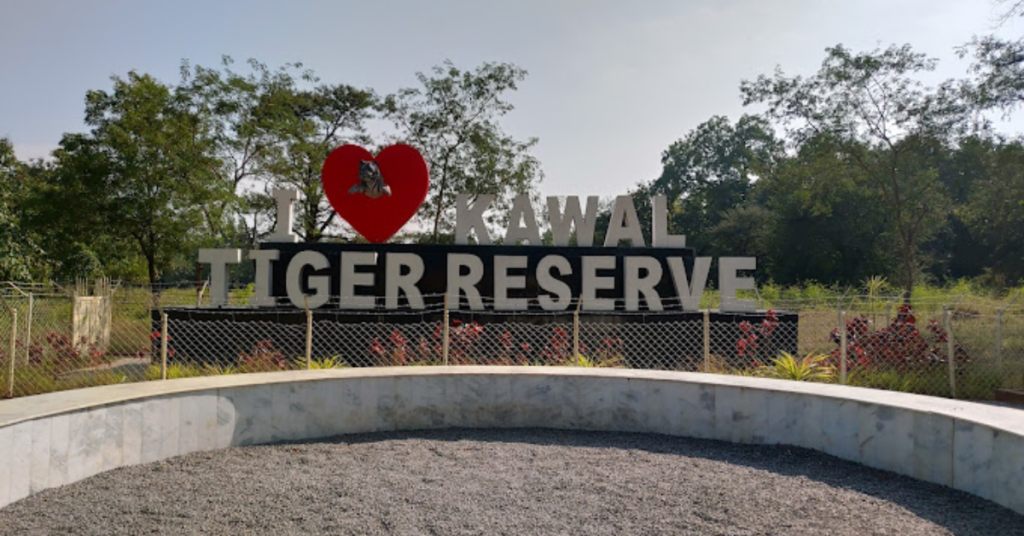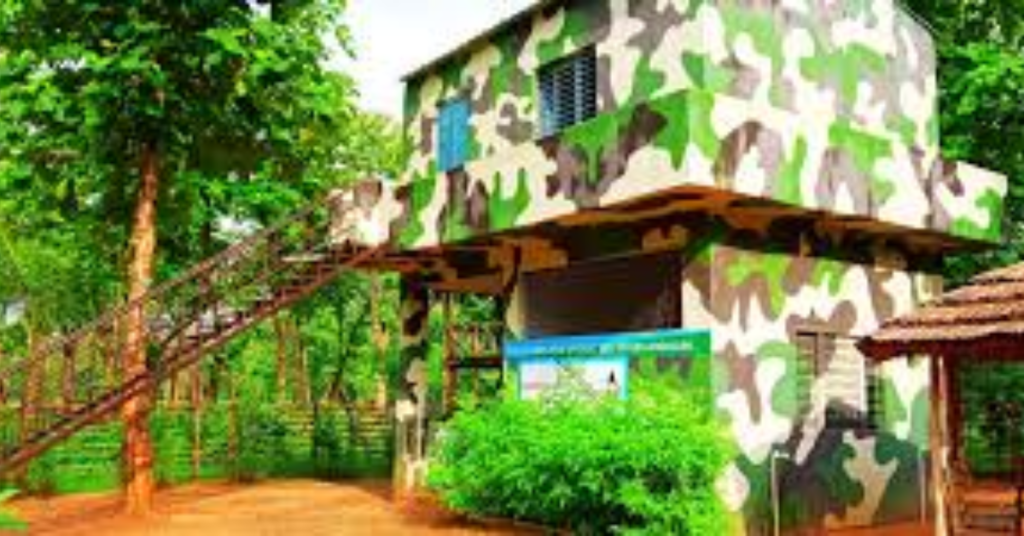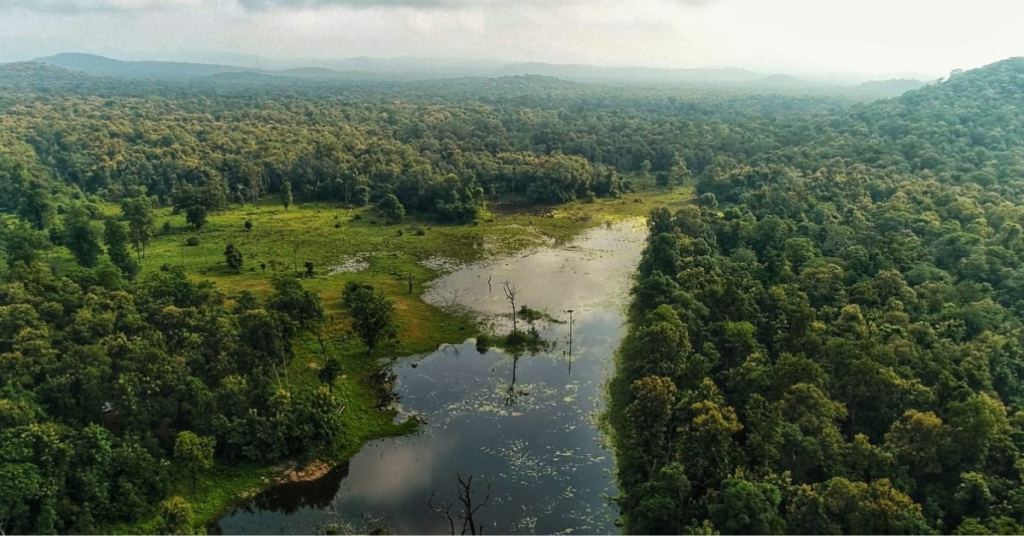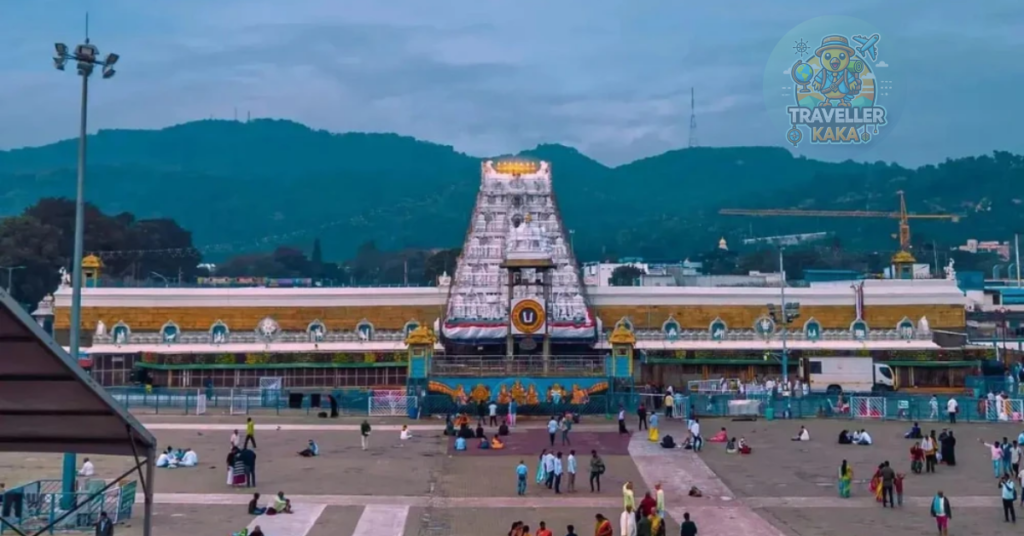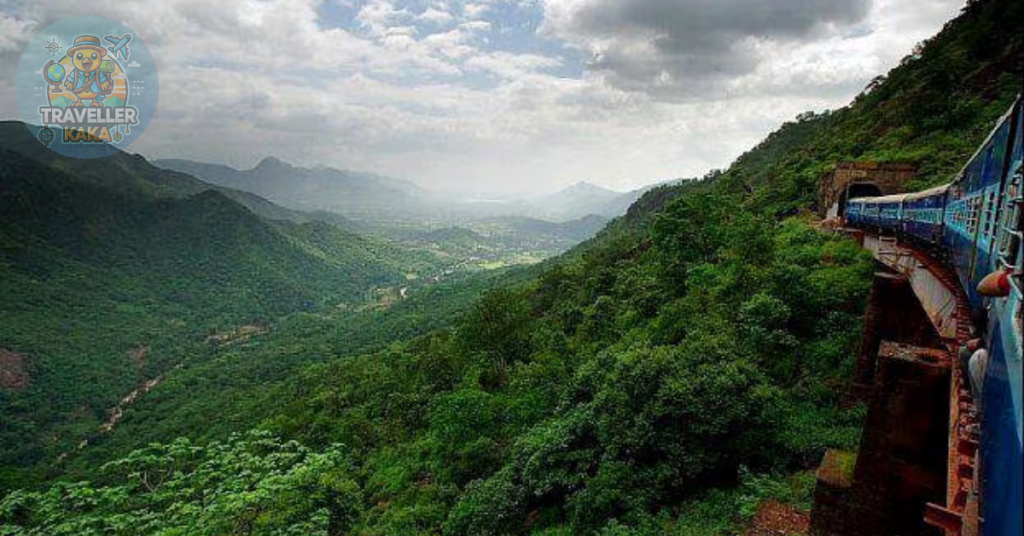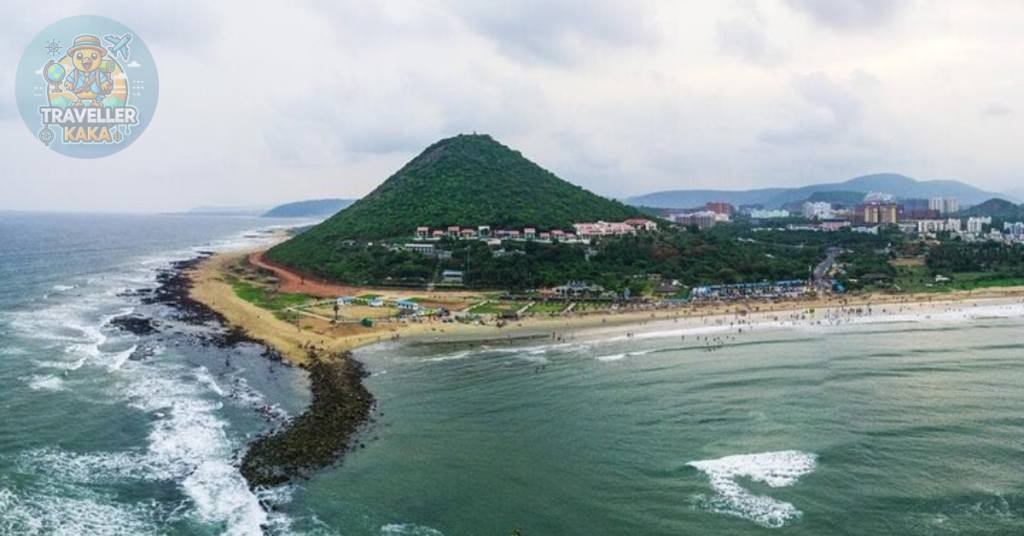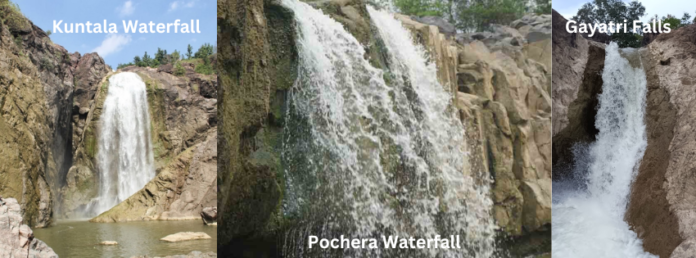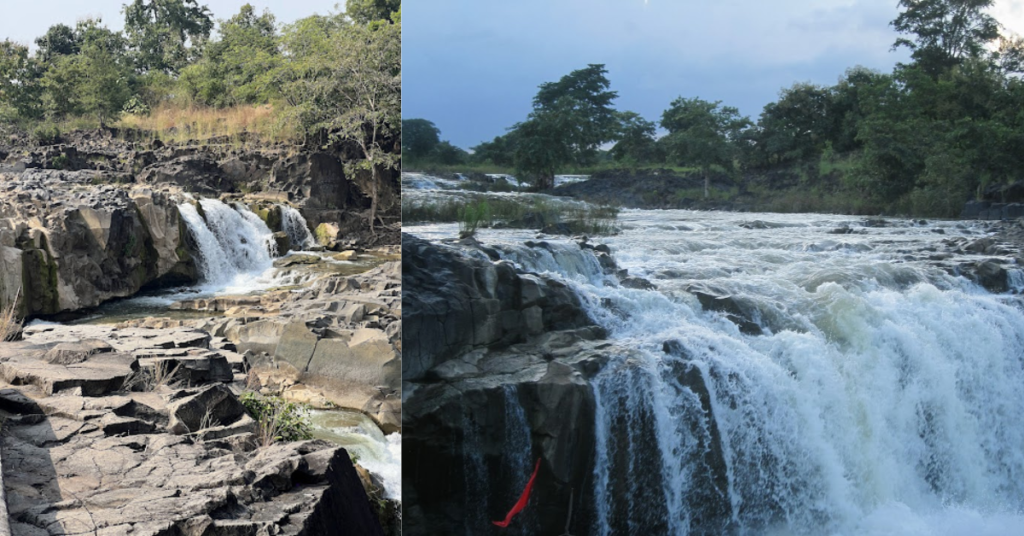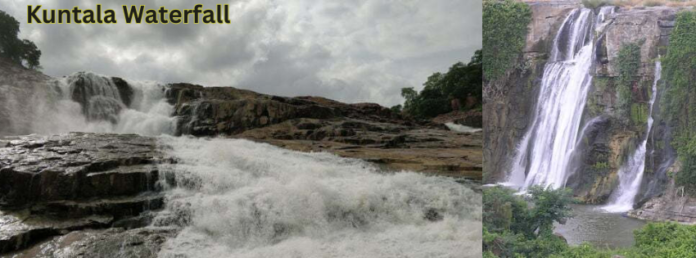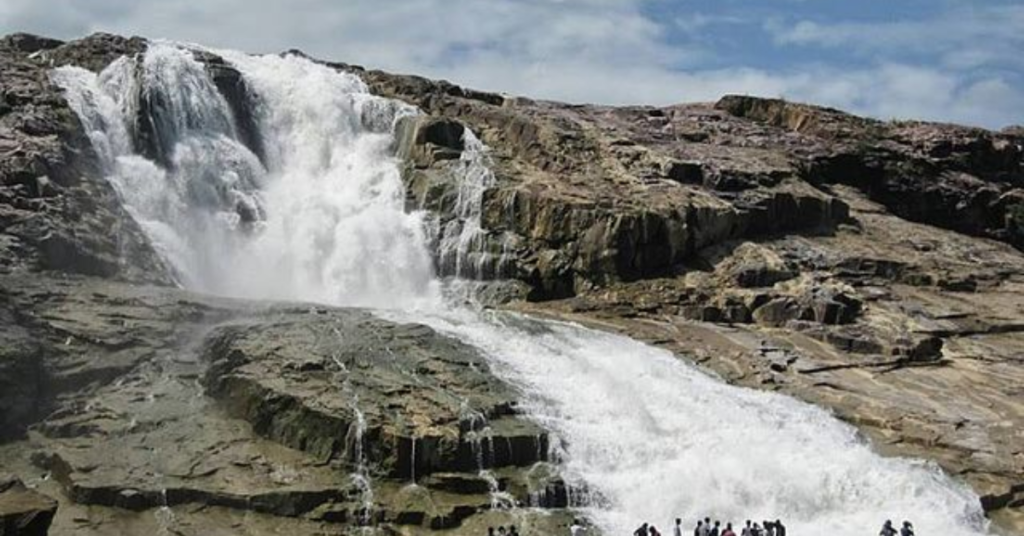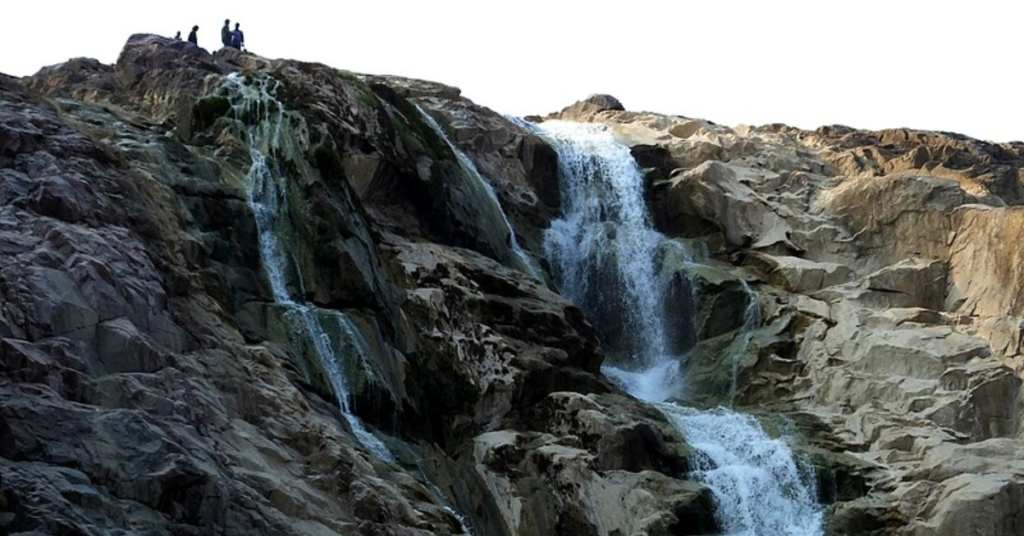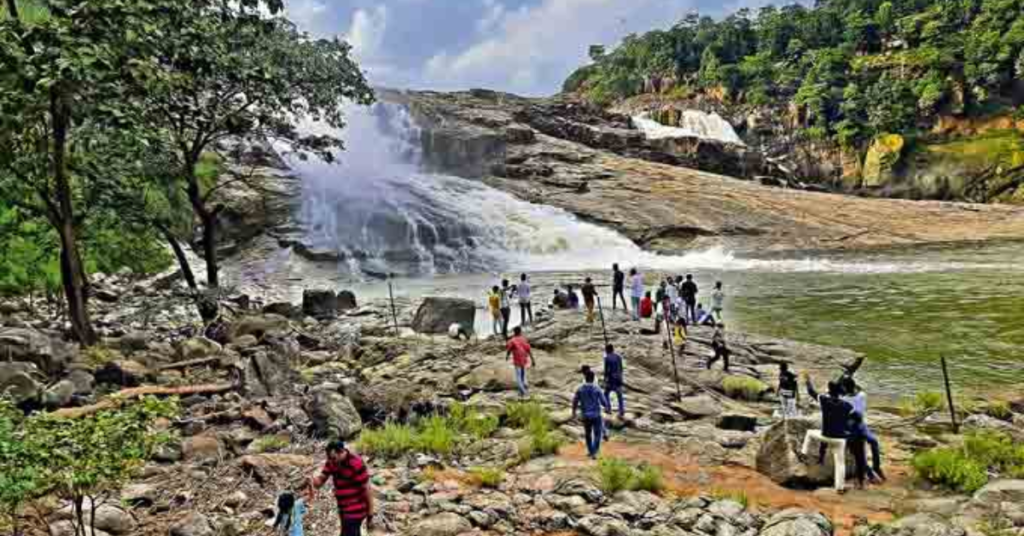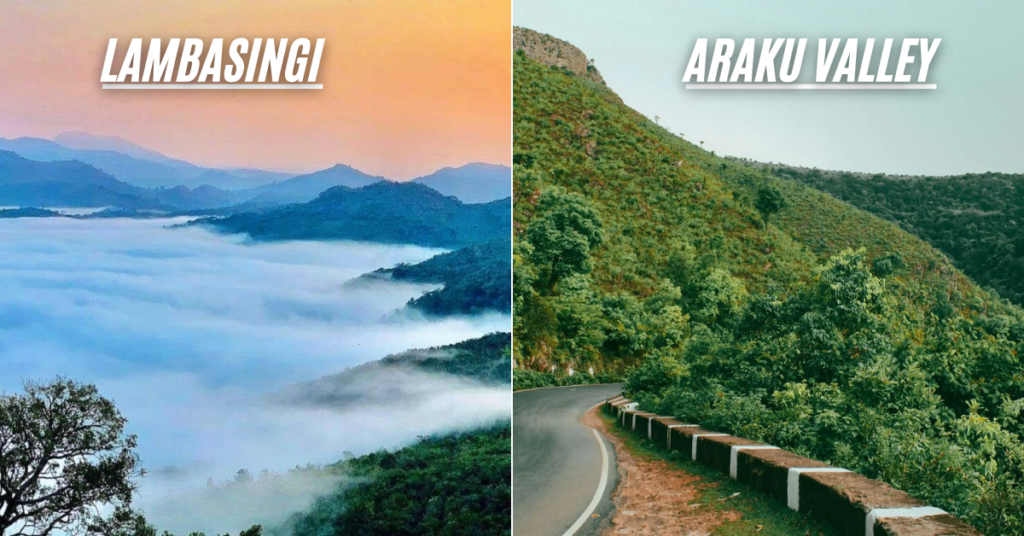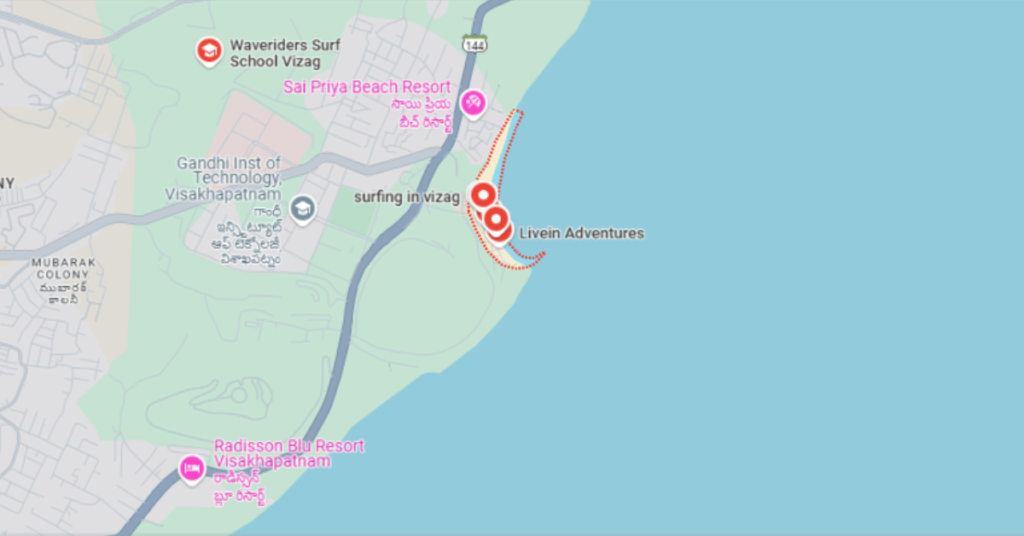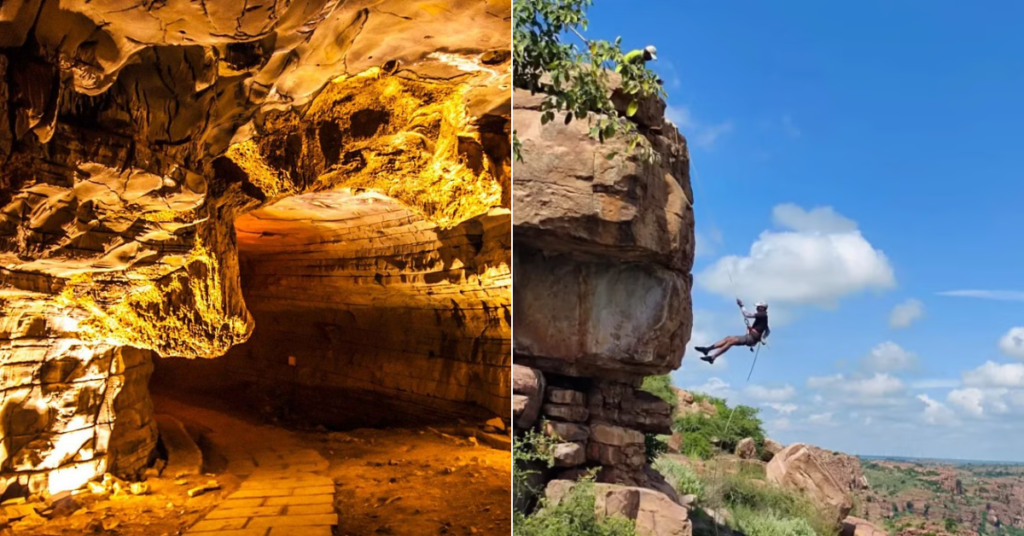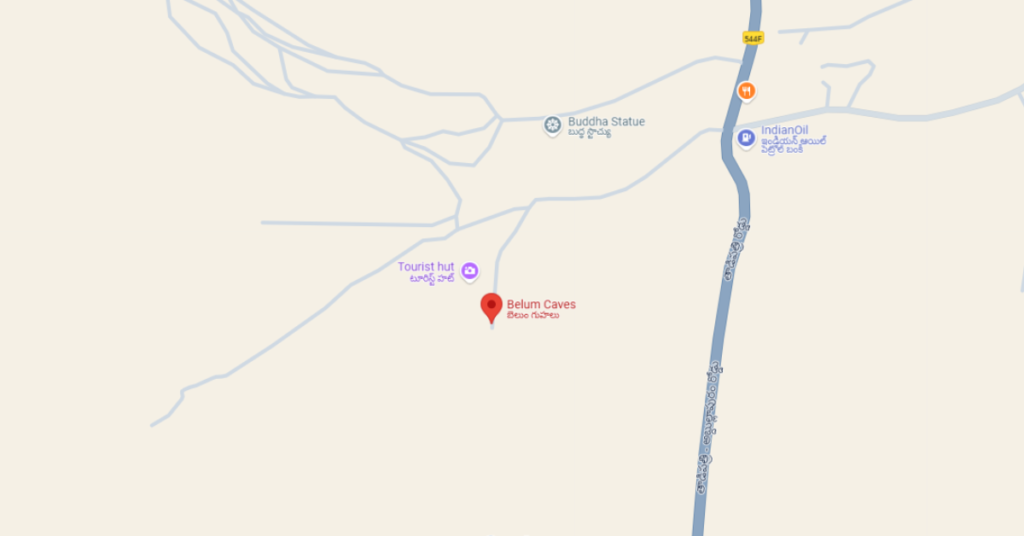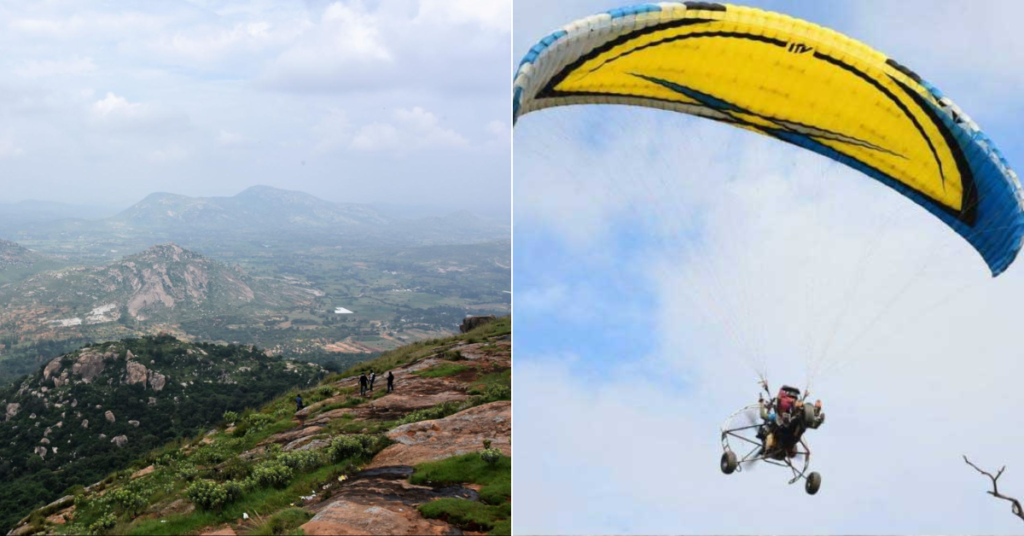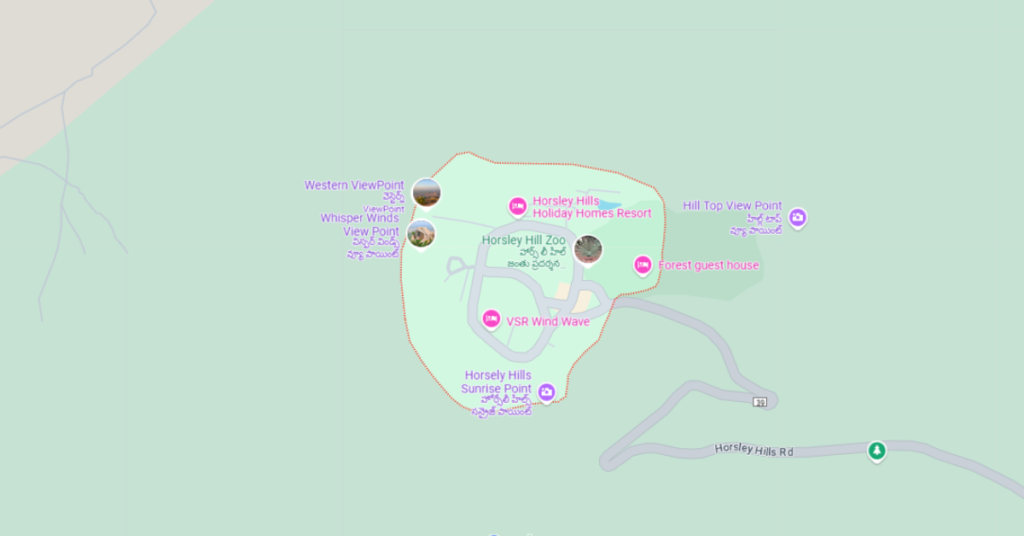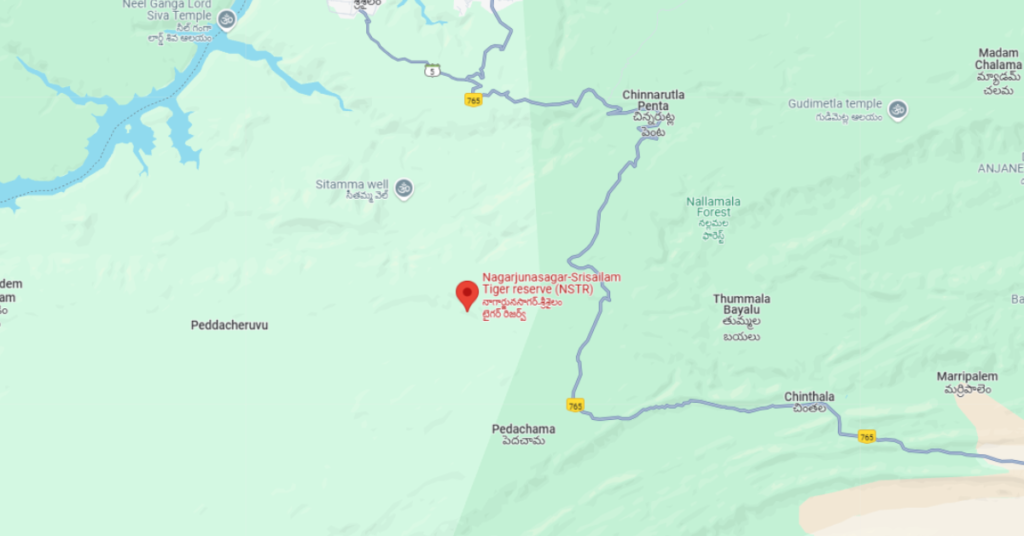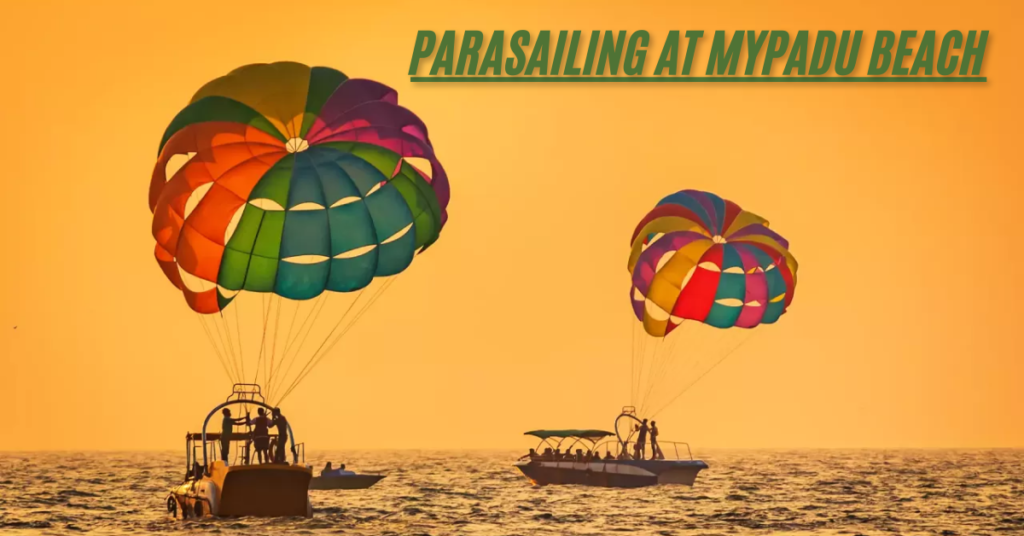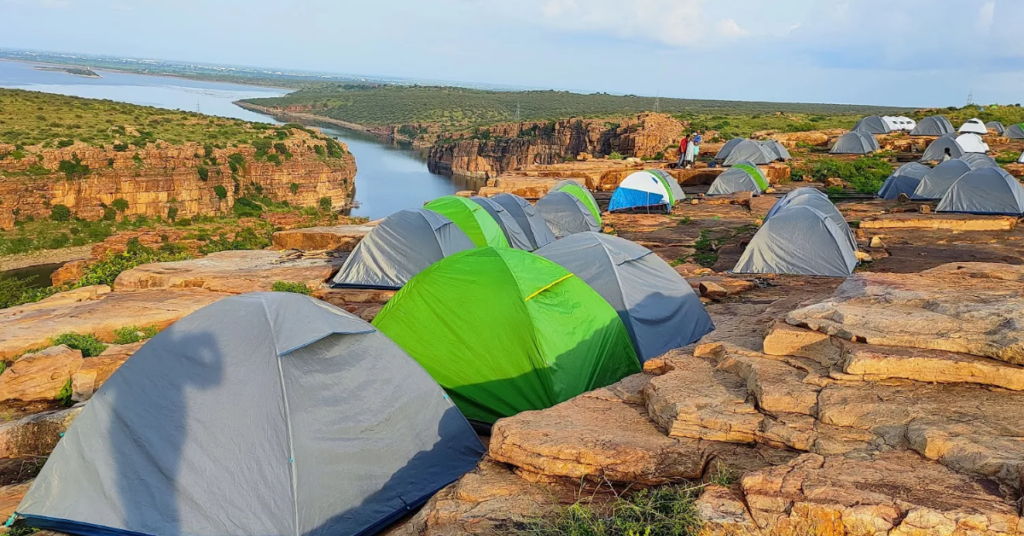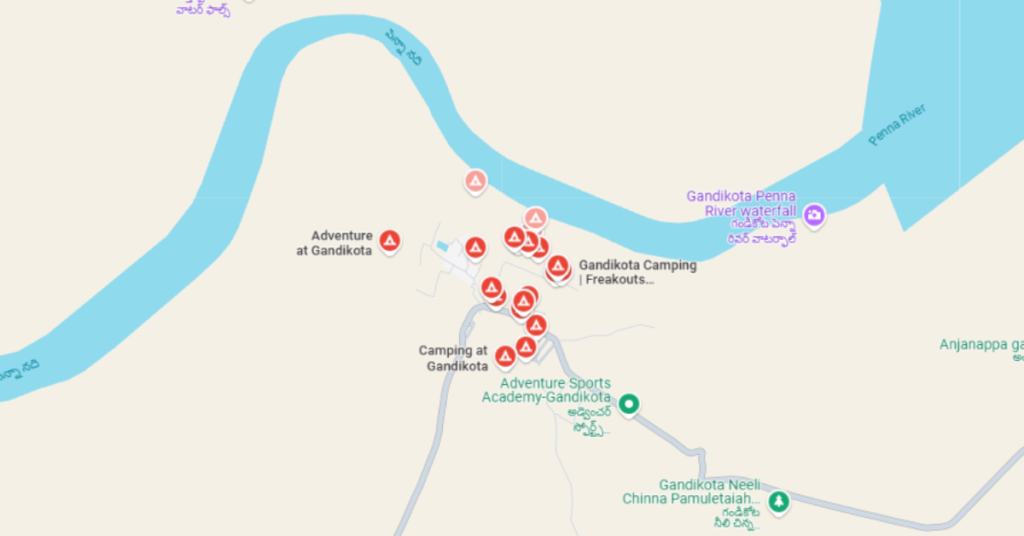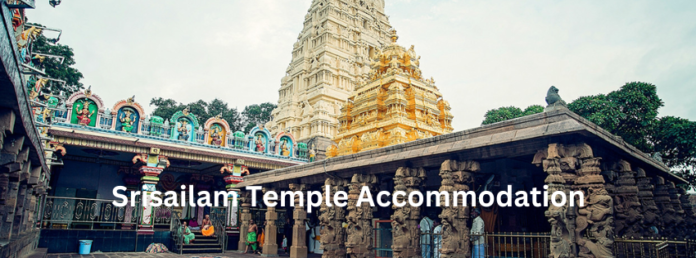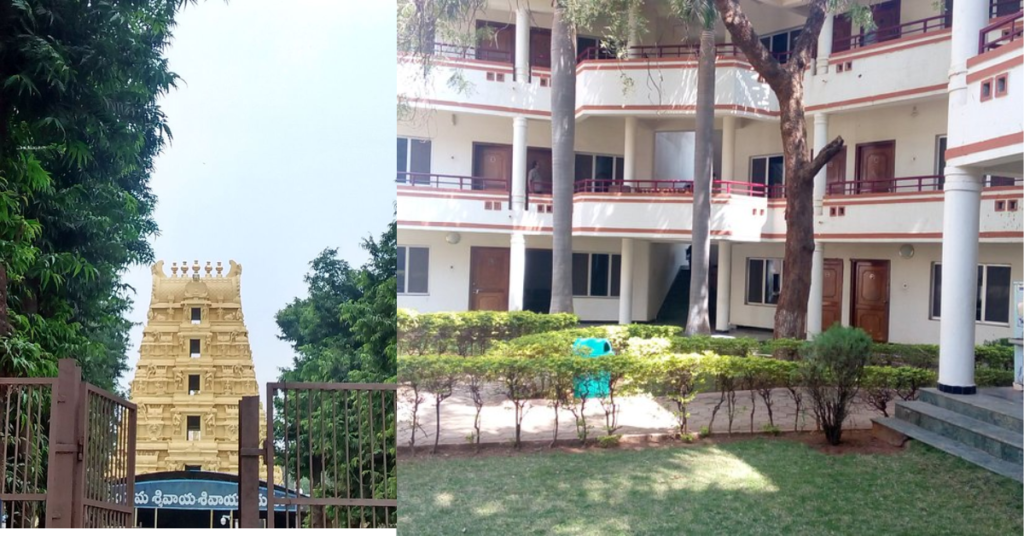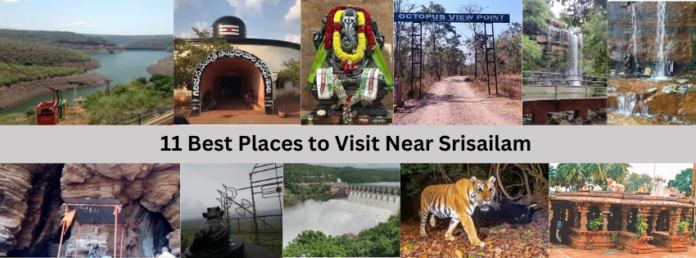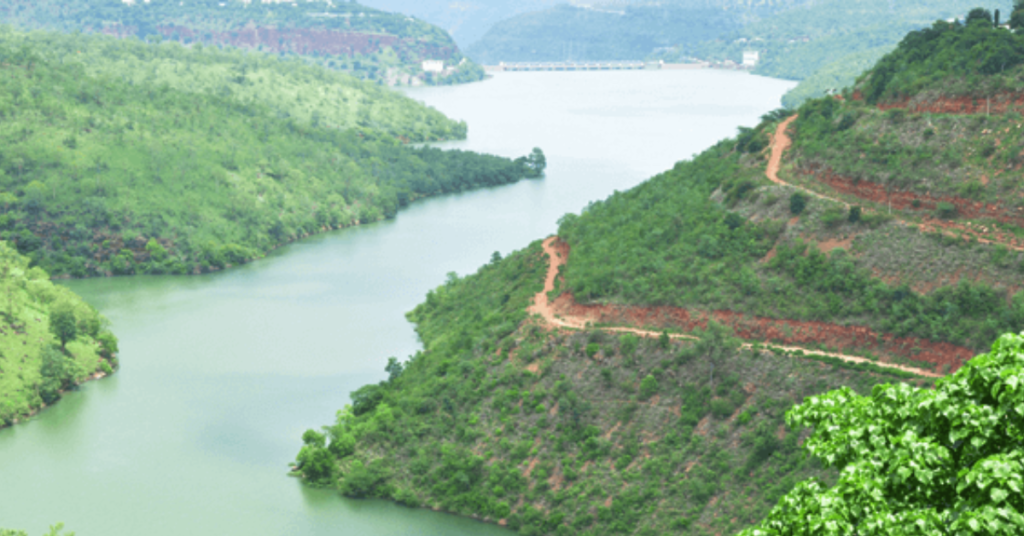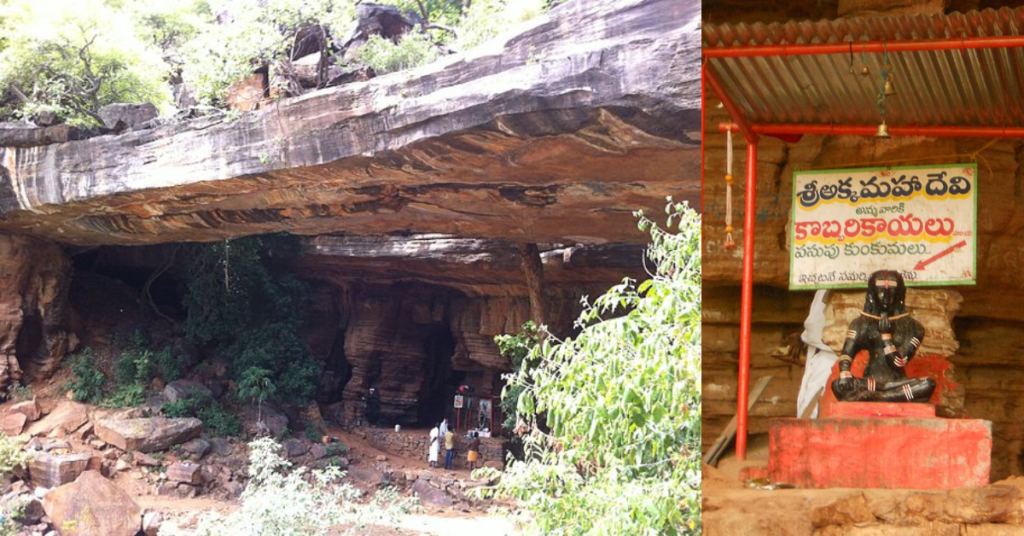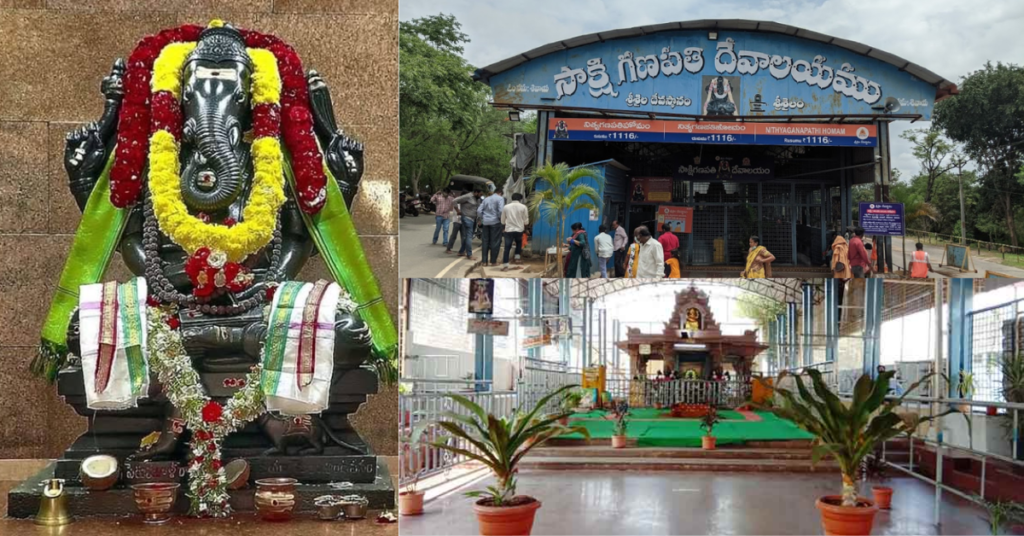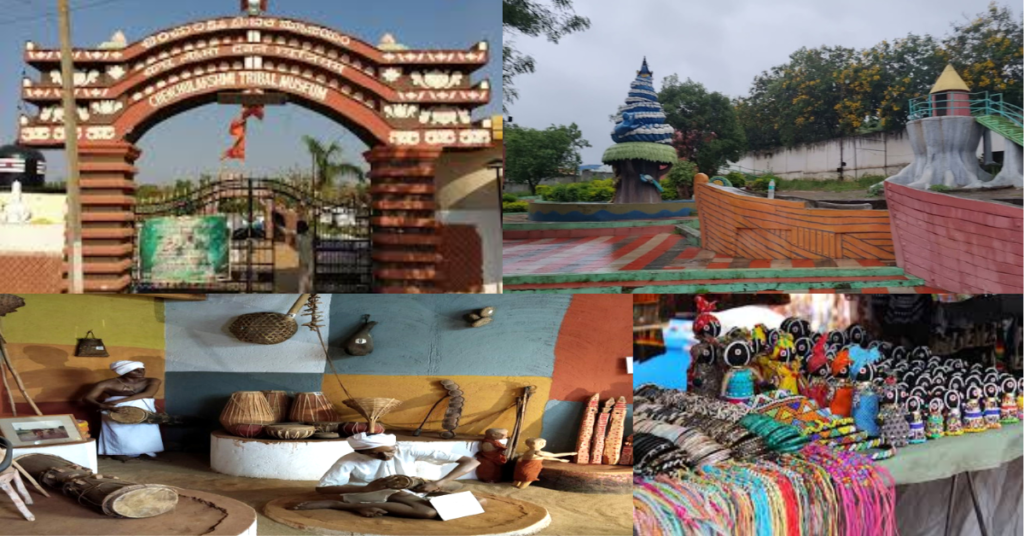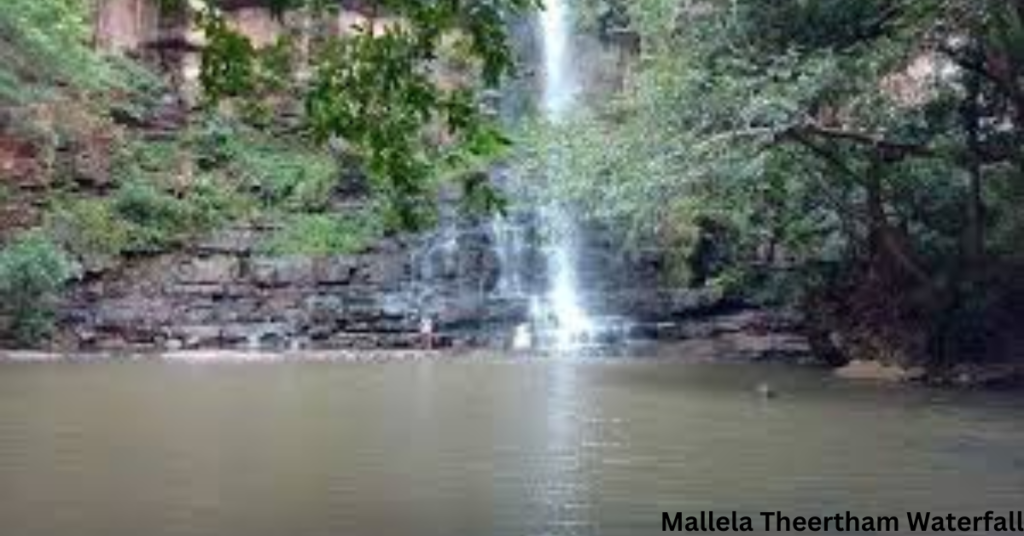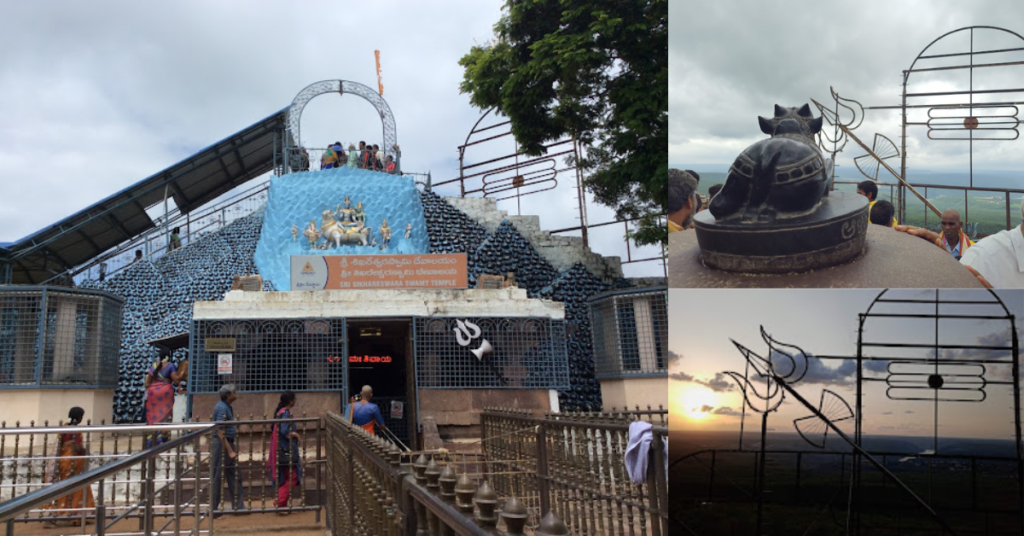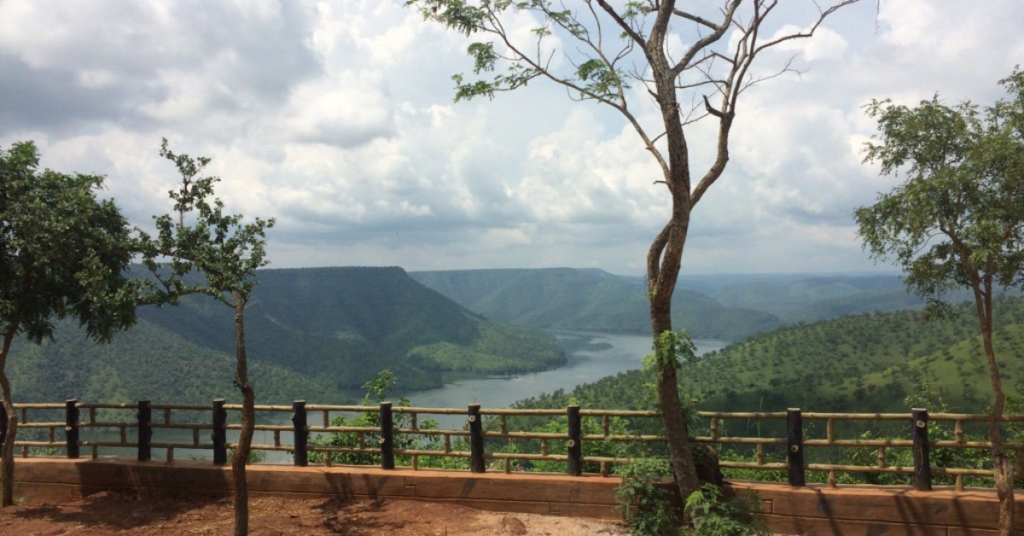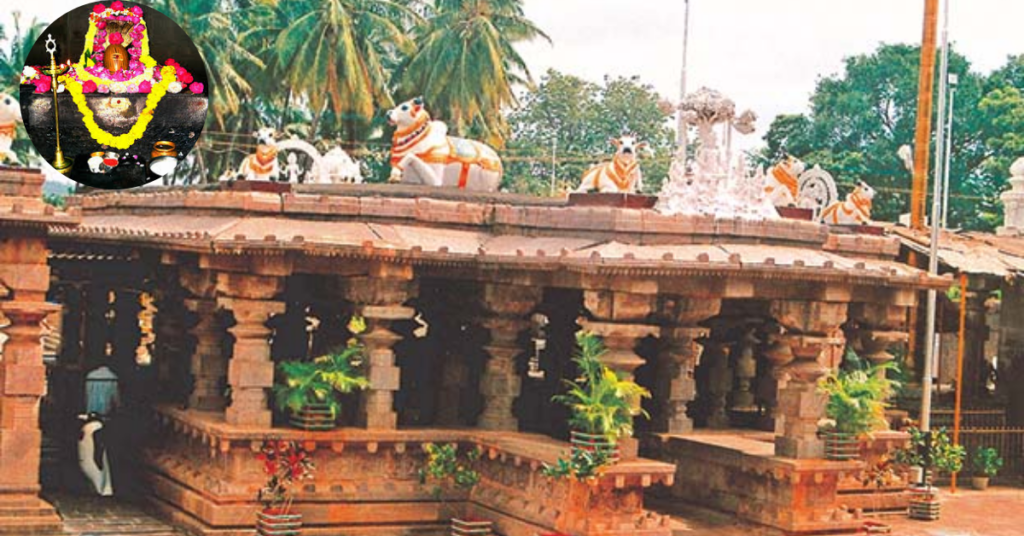Introduction:
Andhra Pradesh’s rich history is etched in its magnificent forts and palaces, each telling tales of warrior kings, Vijayanagara grandeur, and colonial clashes. From impressive hilltop citadels to ornate royal residences, these architectural marvels are perfect for history buffs, photographers, and offbeat explorers. Top 8 Ancient Forts in Andhra Pradesh.
Here are 8 must-visit ancient forts and palaces in these Top 8 Ancient Forts in Andhra Pradesh, complete with historical insights, visiting tips, and hidden secrets!

1. Chandragiri Fort (Tirupati) – The Last Bastion of Vijayanagara
Chandragiri Fort is a historic fort located in the Chandragiri hills, near the town of Chandragiri, in the Chittoor district of Andhra Pradesh, India. The fort is believed to have been built in the 11th century by the Yadava kings and later became a stronghold for the Reddy dynasty. Fort holds significant historical value as it was the residence of the Vijayanagara Kings before the rise of Tirupati.

The fort is situated at an altitude of around 3,000 feet and offers stunning views of the surrounding valleys, the Tirumala Hills, and Tirupati. It is a popular tourist destination due to its rich history, scenic beauty, and the presence of ancient temples and structures within the fort premises.
- 🏰 Why Visit? The final refuge of the Vijayanagara Empire after the fall of Hampi.
- 📜 History: Built in 1000 AD, later expanded by Vijayanagara kings.
Chandragiri Fort Timongs And Prices:
- ⏰ Best Time to Visit: October- March (cool weather)
- Opening Time: 9:00 AM
- Closing Time: 6:00 PM
- 🎟️ Entry Fee: ₹25 (Indians), ₹300 (Foreigners)
📍 Chandragiri Fort Looocation On Maps:

Also Read: The Ultimate 5-Day Andhra Pradesh Road Trip Itinerary.
2. Kondapalli Fort (Vijayawada) – The Toy-Maker’s Citadel
Kondapalli Fort is a historic fort located near Vijayawada, in the Krishna district of Andhra Pradesh, India. The fort sits atop the Kondapalli Hills, about 16 kilometers from Vijayawada, and people recognize it for its historical significance, scenic beauty, and panoramic views of the surrounding areas.

The fort was built during the Reddy dynasty in the 14th century, and it later came under the control of the Qutb Shahi and Mughal rulers. People know Kondapalli Fort for its strategic location, as it served as an important military and administrative center during various periods. The fort’s architecture includes remnants of granite walls, bastions, and gateways, along with a few temples and structures inside its premises.
- 🪀 Why Visit? Famous for Kondapalli wooden toys and strategic military history.
- 📜 History: Built by Reddy Kings in 14th century, later used by British.
Kondapalli Fort Timings And Prices:
- ⏰ Best Time: Early morning (avoid afternoon heat)
- Opening Time: 9:00 AM
- Closing Time: 5:00 PM
- 🎟️ Entry Fee: ₹20 (Indians), ₹200 (Foreigners)
📍 Kondapalli Fort Location On Maps:

Also Read: A Serene Escape to Kadem Dam: Telangana’s Hidden Gem
3. Gandikota Fort (Kadapa) – The Grand Canyon Fortress
Gandikota Fort, often referred to as the “Grand Canyon of India”, is a historical fort located in the Jammalamadugu town of Kadapa district, in the state of Andhra Pradesh, India. It is situated on the Pennar River and is renowned for its breathtaking views and rugged landscape, making it one of the most scenic fortifications in the country.

The fort was built in the 12th century by the Chalukya kings and later became the capital of the Gandikota kingdom. Over the centuries, the fort has been expanded and modified by various dynasties, including the Reddy dynasty and the Mughals. The fort is a testament to the rich cultural and architectural history of the region, with its massive walls, gates, temples, and other structures. The fort complex also includes remnants of palaces, granaries, watchtowers, and a beautiful step-well.
- 🏜️ Why Visit? Jaw-dropping canyon views from a 700-year-old fort.
- 📜 History: Built by Kakatiya dynasty, later ruled by Vijayanagara & Nayakas.
Gandikota Fort Timongs And Prices:
- ⏰ Best Time: Sunset (golden-hour photography)
- Opening Time: 9:00 AM
- Closing Time: 6:00 PM
- 🎟️ Entry Fee: Free (parking ₹50)
📍 Gandikota Fort Location On Maps:

Also Read: Kawal Tiger Reserve– A Thrilling Wilderness Escape in Telangana
4. Udayagiri Fort (Nellore) – The Forgotten Hill Citadel
Udayagiri Fort is a historical fort located in Udayagiri, a town in the Nellore district of Andhra Pradesh, India. The fort is situated on a hill and offers a scenic view of the surrounding landscape. It holds significant historical value, serving as a strategic military stronghold during the medieval period and being ruled by several dynasties over time, including the Cholas, Kakatiyas, and Vijayanagara rulers.

The fort is known for its beautiful architecture, which includes large granite walls, bastions, and gateways, some of which still stand strong today. The fort also has a temple dedicated to Lord Shiva, and it is believed that the fort was built during the 12th century by the Chola dynasty. It later saw additions and modifications under various rulers.
- 🌿 Why Visit? A jungle-covered ruin with rare medicinal plants.
- 📜 History: Built by Vijayanagara commanders, later Dutch stronghold.
Udayagiri Fort Timings And Prices:
- ⏰ Best Time: Monsoon (lush greenery)
- Opening Time: 9:00 AM
- Closing Time: 5:00 PM
- 🎟️ Entry Fee: ₹10 (Indians), ₹100 (Foreigners)
📍 Udayagiri Fort Location On Maps:

Also Read: Exclusive Of Top 10 Iconic Andhra Foods Every Traveler Must Try
5. Bobbili Fort (Vizianagaram) – The Warrior’s Last Stand
Bobbili Fort is a historic fort located in the town of Bobbili, in the Vizianagaram district of Andhra Pradesh, India. People renowned the fort for its architectural beauty, rich history, and significant role in the region’s past. The fort sits about 20 kilometers from the city of Vizianagaram and is famous for its association with the Bobbili kings.

The Bobbili rulers, belonging to the Bobbili dynasty, originally built the fort in the 17th century. The fort is famous for its role in the Bobbili War of 1757, a fierce battle between the Bobbili family and the Vizianagaram kings. The war resulted in a tragic loss for the Bobbili dynasty, but it left a lasting legacy on the fort and the region’s history. People often refer to the fort as a symbol of bravery and resilience.
- ⚔️ Why Visit? Site of the legendary Bobbili Battle (1757).
- 📜 History: Home of Bobbili Rajas who fought French-backed armies.
Bobbili Fort Timings And Prices:
- ⏰ Best Time: November-February
- Opening Time: 9:00 AM
- Closing Time: 5:00 PM
- 🎟️ Entry Fee: ₹30 (Indians), ₹250 (Foreigners)
📍 Bobbili Fort Location On Maps:

Also Read: Exclusive Of Top 7 Adventure Activities in Andhra Pradesh.
6. Venkatagiri Fort (Nellore) – The Silk Fortress
Venkatagiri Fort is a historic fort located in Venkatagiri, a town in the Nellore district of Andhra Pradesh, India. The fort is situated on the banks of the Penna River, providing a picturesque view of the surrounding landscape. It is well known for its historical significance, architectural charm, and its association with the Venkatagiri family, who ruled over the region.

The fort was built during the 17th century and served as a stronghold for the Venkatagiri kings. It was initially part of the Vijayanagara Empire before coming under the rule of various local dynasties, including the Nayaks and later the British East India Company. The fort is famous for its granite walls, entrance gates, watchtowers, and temples, many of which still stand today.
- 🧶 Why Visit? Birthplace of Venkatagiri handlooms (royal sarees).
- 📜 History: 17th-century fort-palace of Venkatagiri Rajas.
Venkatagiri Fort Timings And Prices:
- ⏰ Best Time: December-March
- Opening Time: 9:00 AM
- Closing Time: 6:00 PM
- 🎟️ Entry Fee: ₹20 (Indians), ₹150 (Foreigners)
📍 Venkatagiri Fort Location On Maps:

Also Read: Exclusive Guide Top 10 Beaches in Andhra Pradesh: Ultimate Coastal Paradise
7. Adoni Fort (Kurnool) – The Deccan’s Unconquerable Fort
Adoni Fort is a historical fort located in the town of Adoni, in the Kurnool district of Andhra Pradesh, India. The fort is famous for its strategic location atop a hill and its important role in the region’s history. It is one of the most prominent forts in the state, offering a unique blend of military architecture and historical relevance.

The fort dates back to the 16th century and was originally built by the Reddy kings of the Reddy dynasty. It later came under the control of various dynasties, including the Mughal Empire and the Nizams of Hyderabad, who made further modifications to the structure. The fort is known for its massive walls, watchtowers, and several gates, which were built for defensive purposes.
- 🛡️ Why Visit? One of the strongest Deccan forts (never fully captured).
- 📜 History: Built by Vijayanagara, later held by Bijapur & Mughals.
Adoni Fort Timings And Prices:
- ⏰ Best Time: Sunrise (coolest hours)
- Opening Time: 9:00 AM
- Closing Time: 6:00 PM
- 🎟️ Entry Fee: Free (guide recommended)
📍 Adoni Fort Location On Maps:

Also Read: Kailasakona Waterfalls: A Hidden Gem of Spiritual Serenity & Adventure
8. Vizianagaram Fort – The Last Princely Palace
Vizianagaram Fort is a historic fort located in the city of Vizianagaram, in the Vizianagaram district of Andhra Pradesh, India. This fort holds a significant place in the region’s history, closely linked to the Vizianagaram kings and the Suryavamsi dynasty.

The Peddapuram kings originally constructed the fort in the 18th century, and the Vizianagaram kings later renovated and expanded it. It served as the stronghold of the Suryavamsi rulers and a military center. The fort sits strategically within the city and stands as one of the key landmarks of the region.
- 👑 Why Visit? Still inhabited by royal descendants (partially open).
- 📜 History: 18th-century capital of Vizianagaram kingdom.
Vizianagaram Fort Timings and Prices:
- ⏰ Best Time: During festivals
- Opening Time: 9:00 AM
- Closing Time: 5:30 PM
- 🎟️ Entry Fee: ₹50 (Indians), ₹400 (Foreigners)
📍 Vizianagaram Fort Location On Maps:

Also Read: Gurramkonda Fort A Timeless Marvel of Andhra Pradesh
Fort Explorer’s Toolkit
🗺️ Navigation: Download offline maps (some forts lack signage)
👟 Footwear: Sturdy shoes for uneven terrain
📸 Photography: Morning/evening light best for ruins
💵 Cash: Few accept digital payments.
Conclusion:
Andhra Pradesh is home to some of India’s most captivating forts and palaces, each offering a unique blend of history, architecture, and scenic beauty. Top 8 Ancient Forts in Andhra Pradesh. From the grand Gandikota Fort to the historical Chandragiri and Adoni Fort, these Top 8 Ancient Forts in Andhra Pradesh offer a deep dive into the region’s rich past. Whether you’re a history lover, photographer, or adventure seeker, these ancient landmarks provide unforgettable experiences.
Explore the stories of warrior kings and epic battles, and immerse yourself in the magnificent heritage of Andhra Pradesh.
Frequently Asked Questions (FAQs):
ANS: Gandikota (canyon views) & Chandragiri (palace architecture).
ANS: Yes at Chandragiri, Bobbili & Adoni (₹200-500 per tour).
ANS: Only Gandikota allows camping (with permits from AP Tourism).
ANS: Udayagiri (hidden treasure) & Adoni (echo mysteries).


